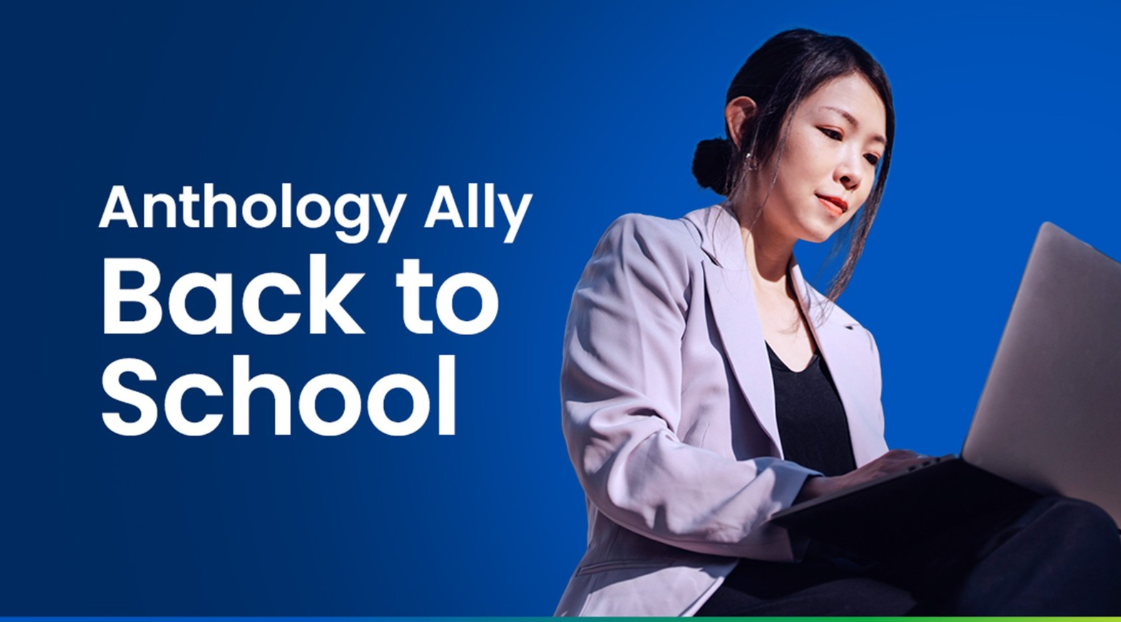Three Quick Accessibility Fixes to Start the Semester Strong with Ally
To help instructors get started, we’ve put together three quick fixes you can make in 10 minutes or less using Anthology® Ally. These high-impact actions can help all learners engage more fully from day one.
1. Fix Contrast Issues
Poor color contrast—like light gray text on a white background—can make content hard to read, especially for students with visual impairments or those working in low-light environments.
How Ally helps: Ally automatically flags contrast issues in your digital course content and provides guidance to help you adjust text or background colors for better readability. Fixing contrast takes seconds—and instantly improves the learning experience for all students.
2. Add or Review Alt Text for Images
Alternative text (alt text) helps students who use screen readers understand the meaning and context of images in your course. It's also helpful for students using mobile devices or low-bandwidth connections where images may not load.
How Ally helps: Ally highlights images without alt text and (if enabled) can offer AI-generated suggestions for alt text which you simply review, edit if needed, and then add directly in your course building workflow.
Check out the video below for a quick how-to:
Read more about how Anthology has further improved the AI Alt Text Assistant in Ally.
3. Check Your Heading Structure
Clear, consistent heading structure isn’t just good design—it’s essential for students who use assistive technology to navigate content. It also helps all students quickly review and find what they need more easily.
How Ally helps: Ally scans your course documents for heading issues and helps you correct them, so your materials follow best practices for structure and organization.
Bonus Tip: Let Students Know About Alternative Formats
Many instructors don’t realize that Ally also benefits students directly. Learners can download course materials in formats that best suit their needs—including audio, HTML, ePub, and translated versions.
These features aren’t just for students with formal accommodations. They’re designed to support every learner, whether they prefer listening to content on the go, reading on a phone, or using a screen reader.
To help your learners understand what’s available and how to use it, visit the Anthology Ally Toolkit, or share this video on how to access alternate formats before classes kick off. Consider adding a general accessibility statement to your syllabus that also guides students on how to access alternative content through Ally. For guidance and example statements, visit the Ally Adoption Toolkit.
Explore More Resources
If your institution is new to Ally, be sure to check out the Anthology Ally Quick Start guide for instructors, and register for the upcoming Ally roadmap on August 20th to learn what’s next for this market-leading accessibility solution.
Small Steps = Big impact These quick fixes can dramatically improve your course’s accessibility and help your students start the semester with confidence. Take 10 minutes today—you’ll be glad you did.
Katie Grennell
Senior Education & Training Specialist
Anthology
Level up your experience!
Join the Anthology Community for exclusive content & tools. Sign up now and unlock more possibilities!
Join Now
